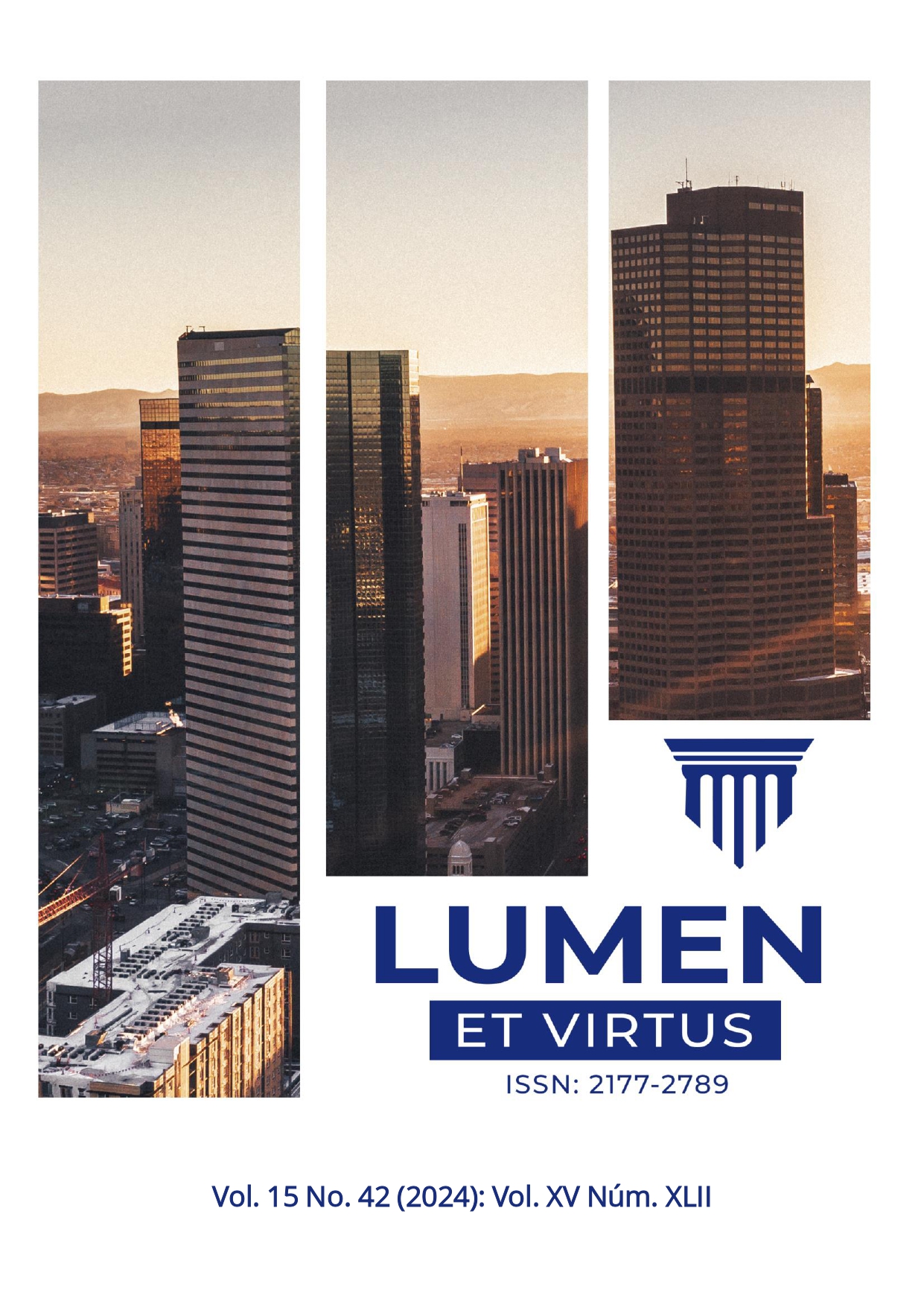SAMBAS E ALGEMAS – A REPRESSÃO AOS SAMBAS DURANTE O SÉCULO XIX (1800 – 1899). UM OLHAR ATRAVÉS DOS PERIÓDICOS NACIONAIS
DOI:
https://doi.org/10.56238/levv15n42-025Palavras-chave:
Samba, CriminalizaçãoResumo
Este trabalho, inserido em uma pesquisa mais abrangente sobre o samba na imprensa nacional do século XIX (1800 até 1899), busca investigar quais elementos estavam envolvidos nas prisões relacionadas à realização de samba. A metodologia adotada consistiu em uma busca sistemática pelo termo “samba” na Hemeroteca Digital da Biblioteca Nacional, seguida de um processo de seleção e catalogação dos resultados, a fim de eliminar duplicidades e erros. Após essa etapa, foram obtidos 1.088 registros, dos quais 4,59% correspondem a notícias que mencionam prisões, compondo a base de dados desta pesquisa. A escassez de trabalhos acadêmicos que abordam a interseção entre samba e prisões no século XIX, evidenciada pelas buscas realizadas em bases de dados como SciELO, CAPES e Google Acadêmico, demonstra a relevância deste estudo para a construção da historiografia do samba. Ao analisarmos essa temática, contribuiremos para uma compreensão mais aprofundada das dinâmicas sociais e culturais que moldaram a história do gênero musical no Brasil. No contexto do Brasil escravista, as manifestações culturais dos/as escravizados/as, como o samba, eram vistas com desconfiança, inclusive proibidas por lei em alguns casos, pelas elites e frequentemente associadas à desordem e à criminalidade. Esta é uma marcação importante, ao passo que atravessará quase todo o período da pesquisa.





